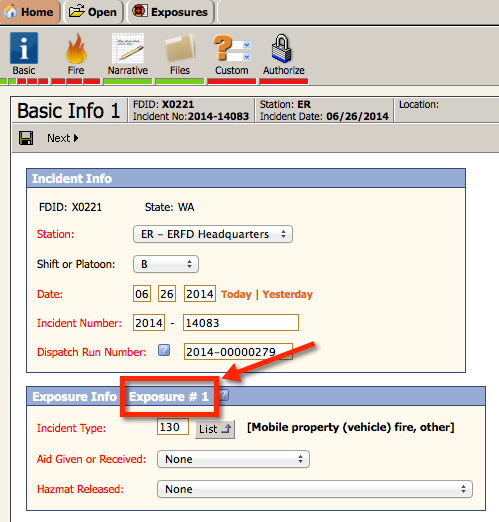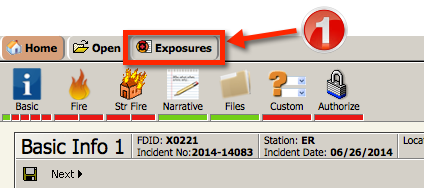Exposures…exposed!
As firefighters, we typically think of exposures as adjacent property that is relatively close to a working fire. Chandler Fire (AZ) provides this definition in their glossary of fire terms:
Property near fire that may become involved by transfer of heat or burning material from main fire, typically by convection or radiation. May range from 40 feet (12 m) to several miles, depending on size and type of fire or explosion.
On the fireground, we traditionally speak of protecting exposures with the intent of preventing fire spread.
The National Fire Incident Reporting System (NFIRS), however, defines exposures somewhat differently:
An ‘exposure’ is a fire resulting from another fire outside that building, structure, or vehicle, or a fire that extends to an outside property from a building, structure or vehicle. In the case of buildings with internal fire separations, treat the fire spread from one separation to another as an exposure.
So, here’s the key difference with the NFIRS definition of an exposure: It’s a working fire on a separate property (structure, vehicle, etc.) that was caused by the initial fire. This nuance is important to understand in order to accurately document a fire incident report.
If our traditional fireground exposure (not yet on fire) becomes an NFIRS exposure (on fire), then an Exposure Report must be completed. In other words, if the adjacent property actually catches fire, it’s an NFIRS-reportable exposure. If the nearby property is simply scorched, melted, or charred on its exterior, then an Exposure Report is not required. Even though an Exposure Report is not required, these details should still be documented in the incident narrative.
More information about NFIRS exposure reporting can be found here.
Documenting NFIRS exposures in Emergency Reporting is easy since our system is fully NFIRS complaint. Here are the essentials to get you started:
At the primary incident main page, simply click on the “Add Exposure†button.
This will open a new Basic Info 1 page. Notice it will show “Exposure #1â€. The initial incident is considered the “Primary Incident†or “Exposure #0†(I know it seems confusing, but that’s how NFIRS defines it).
From here, it’s just a matter of completing the exposure report just like a normal incident report.
To get back to the primary incident or other exposures, simply click on the Exposures button (1) and you’ll be taken back to the exposures list (2).
I hope you found this article helpful. As always, thanks for reading and stay safe!





